When former darts world champion Tony David was tearing up his opponents on the global stage he went by the nickname "the deadly boomerang".
But it was blood plasma infected with hepatitis C that David was given as a child in Queensland which almost proved to be the deadliest boomerang of all.
Decades on from those early transfusions, in 2009, David was near death with stage 4 liver disease.
READ MORE: As a teen, Charles was given infected blood from a heroin user
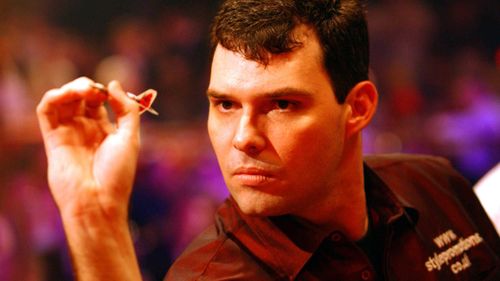
"I had collapsed. Doctors basically told me I had about six months to live," David, who is a haemophiliac, said.
His salvation came in the form of a liver transplant, the first of three David has needed to stay alive as a result of his hepatitis infection.
David is one of thousands of Australians who contracted hepatitis C through donor blood in the 1970s to the early 1990s. Others were infected with the HIV virus.
He, like many others, was told he was not eligible to receive any compensation for the infection, or the resulting health problems which almost killed him.
Now, David is speaking publicly about his plight for the first time in order to call for action into Australia's little-known infected blood scandal.
Australian victims are demanding a royal commission to investigate the scandal, an apology from the federal government and compensation.
It follows a damning and extensive inquiry into infected blood donations in the UK, which found the national health service knowingly exposed tens of thousands of patients to infections through diseased blood and blood products, and hid the truth about the disaster.
Last week, it was announced UK infected blood victims will be awarded around A$19 billion in compensation. A British patient requiring a liver transplant is likely to receive between $2.7 million - $3 million.
READ MORE: Britain slammed in inquiry for infecting thousands with tainted blood
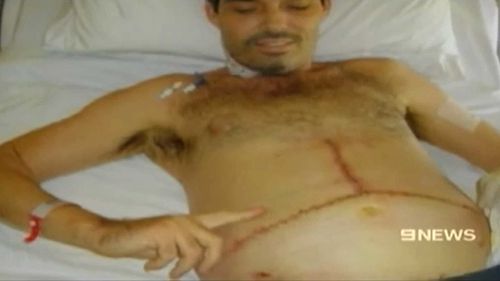
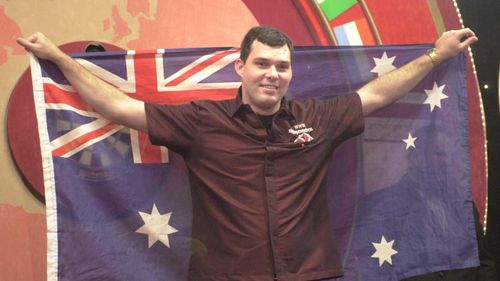
"What happened in the UK happened here, too," David said.
"I know many who have died from this and I know what happened to me - they need to have a proper review in Australia.
"I am still alive to give my account. Yet so many aren't with us and more are suffering with no monitoring and efforts to give them life-saving transplants."
A Senate inquiry was held in 2004 into hepatitis C and the blood supply in Australia.
The inquiry heard Australian Red Cross Blood Service estimates that between 3500 and 8000 Australians were living with hepatitis C derived through blood transfusions, including around 1350 haemophiliacs.
However, Australian victims say they never received the targeted financial assistance or a formal national apology that was promised as a result of the inquiry.
David, who is now 56, was only a newborn baby when his parents discovered something was wrong with his blood.
"My mother and father decided to have me circumcised, and they couldn't stop the bleeding the next day," David said. "They didn't know why."
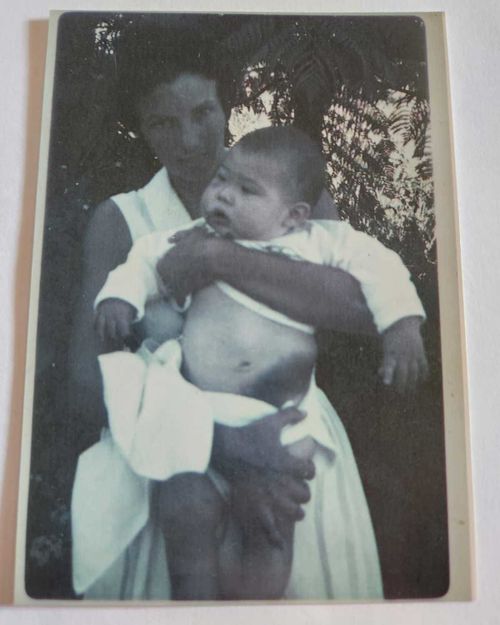
It was the first of countless trips to the hospital Mr David has made over his lifetime.
As a baby, David's body would swell up with painful bulges and bruises.
In his first few years of his life, Mr David was given frozen blood plasma to help his blood clot.
When David was four years old, a blood test confirmed he had haemophilia.
He began receiving transfusions of fractionated plasma manufactured by Commonwealth Serum Laboratories (CSL), which was then owned by the federal government.
It was made with blood pooled from thousands of donors, exponentially increasing the risk of infections being passed on.
Prothrombinex (Factor IX) was hailed as a wonder drug for patients with type B haemophilia like David, and would go on to be his main form of treatment.
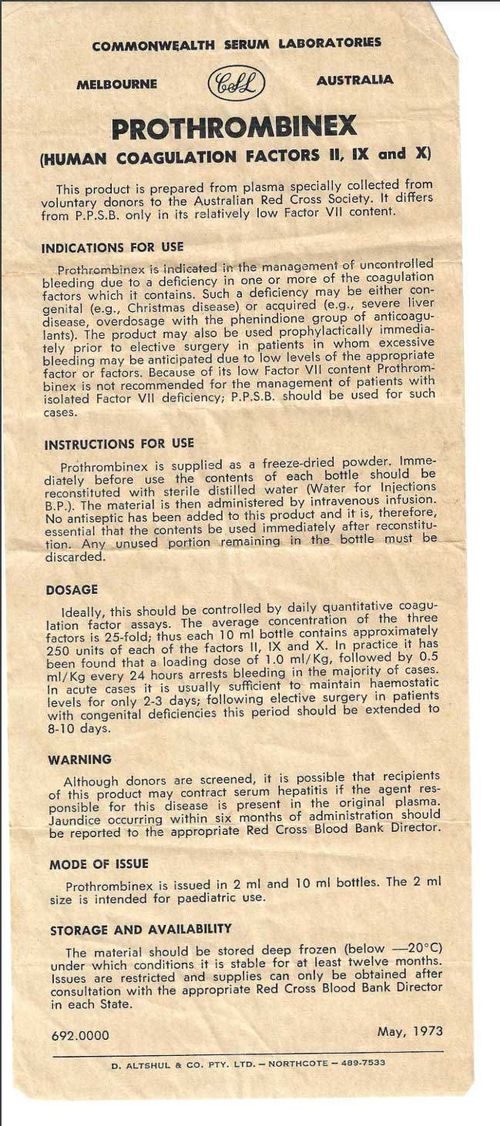
Testing for hepatitis C was not introduced for donor blood until 1987 in Queensland, and nationally in 1990.
However, a product information sheet for Prothrombinex, kept by David's mother and dating back to 1973, showed hepatitis infection from plasma was already a known risk to CSL more than a decade earlier.
"Although donors are screened, it is possible that recipients of this product may contract serum hepatitis if the agent responsible for this disease is present in the original plasma," a warning statement read on the sheet.
David said CSL did not do enough to protect patients from the risk of infection from its blood products.
A timeline released in the final report of the 2004 Senate inquiry shows the Australian Red Cross developed heat-treated Factor VIII - the drug used for the most common type A haemophilia - in 1984, as a method to minimise infection.
However, heat-treated Factor VIII did not become available until 1990, and heat-treated Factor IX - the same drug used by David - was not available until 1993, nine years later.
In Australia, compensation has been limited to private settlements through the Australian Red Cross, or a limited scheme administered by state and territory governments for people infected between 1985 and 1991.
A requirement to trace the infection to one treatment batch, or donor, meant nearly all haemophiliacs were excluded from the compensation scheme, the Haemophilia Foundation of Australia says.
David said he first found out he had hepatitis C through a blood test in 1988 when he was 22.
"Your world collapses. I was young, I was going to university. I was working a job at the casino - and now I had hepatitis C," he said.
David said he asked about whether he would be eligible for any compensation, but was told he was not, as other markers suggested he had likely been infected before 1985.
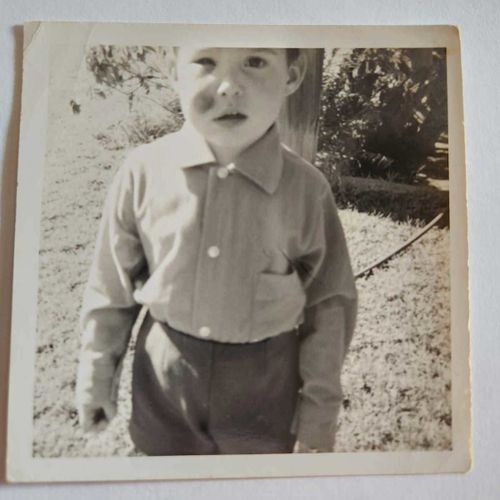
A couple of years later, David said his health hit a low point.
"I just could not lift myself off the bed. I was that ill. I had no energy. I was always feeling sick," he said.
It was while he was at rock bottom, and laid up with a bad knee from bleeding episodes, that David took up darts.
"I was sitting in a chair just throwing darts at a board at home, because I couldn't walk for a period of time," he said.
"I enjoyed playing darts and I was good at it.All of a sudden it was something I could do."
Surprising everyone, David ended up representing Queensland, and then Australia, before becoming the first Australian to win a world darts championship in 2002.
"It was just hard determination. I wasn't gonna let it stop me," he said.
Last week, 9news.com.au reported on the case of Charles MacKenzie, who was infected hepatitis C in 1988 from blood donated by a former prisoner and heroin user.
MacKenzie and his advocacy group Infected Blood Australia are calling for a royal commission into Australia's tainted blood scandal.
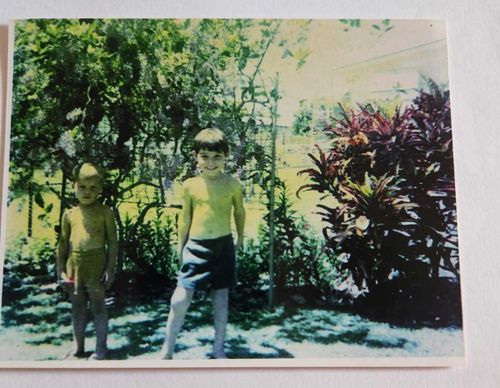
Queensland LNP Senator Gerard Rennick has been supporting Australian infected blood victims and said he was shocked by the "callous disregard" shown to them.
In a letter to Health Minister Mark Butler, Rennick called on the government to acknowledge the plight of Australian victims.
"Considering that the UK inquiry has resulted in an unequivocal apology to victims by the UK Prime Minister, along with comprehensive compensation, I ask that the Australian Government delivers both an apology and compensation to victims of infected blood here in Australia," Rennick wrote.
Butler declined to provide a comment to 9news.com.au.
A spokesperson for Australia's Department of Health said the findings of the UK Infected Blood Inquiry were specific to circ*mstances in the UK.
"Transfusion-transmitted infections that occurred in the late 1970s and 1980s pre-dated the introduction of the first-generation hepatitis C antibody test," the spokesperson said, adding Australia was one of the first countries in the world to start using the test.
"The Australian Government contributes to the Hepatitis C Litigation Settlement Schemes managed by state governments, who were responsible for regulating the blood supply prior to 1991."
A spokesperson for Australian Red Cross Lifeblood also said last week: "We know the UK inquiry will remind people of a similar time that has had a long-lasting impact on many families in Australia and in countries around the world."
"We understand the pain it has caused, and our thoughts are with those affected and their loved ones."
Australia implemented a hepatitis C test as soon as it was available, the spokesperson said.
Contact reporter Emily McPherson at emcpherson@nine.com.au